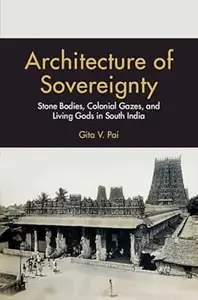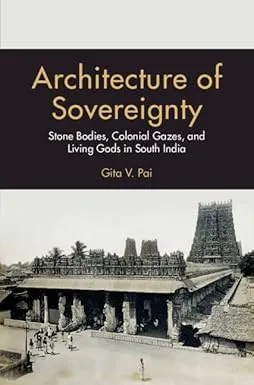Architecture of Sovereignty: Stone Bodies, Colonial Gazes, and Living Gods in South India
by Gita V. Pai
English | 2023 | ISBN: 1009150154 | 378 Pages | PDF | 33 MB
by Gita V. Pai
English | 2023 | ISBN: 1009150154 | 378 Pages | PDF | 33 MB
In this innovative study, Gita V. Pai traces the history of the Pudu Mandapam (Tamil, 'new hall') – a Hindu temple structure in Madurai – through the rise and fall of empires in south India from the seventeenth century to the present. This wide-ranging work illustrates how south Indian temples became entangled in broader conflicts over sovereignty, from early modern Nayaka kings, to British colonial rule, to the post-independence government today. Drawing from methodologies in anthropology, religious studies, and art and architectural history, the author argues that the small temple site provides profound insight into the relationship between aesthetics, sovereignty, and religion in modern South Asia.



